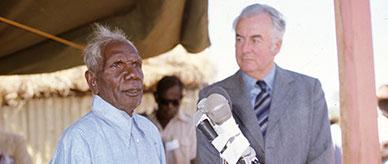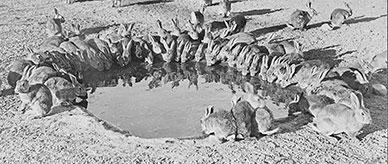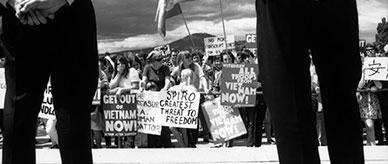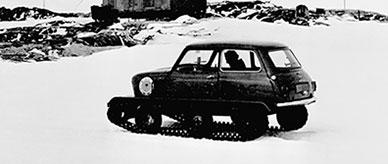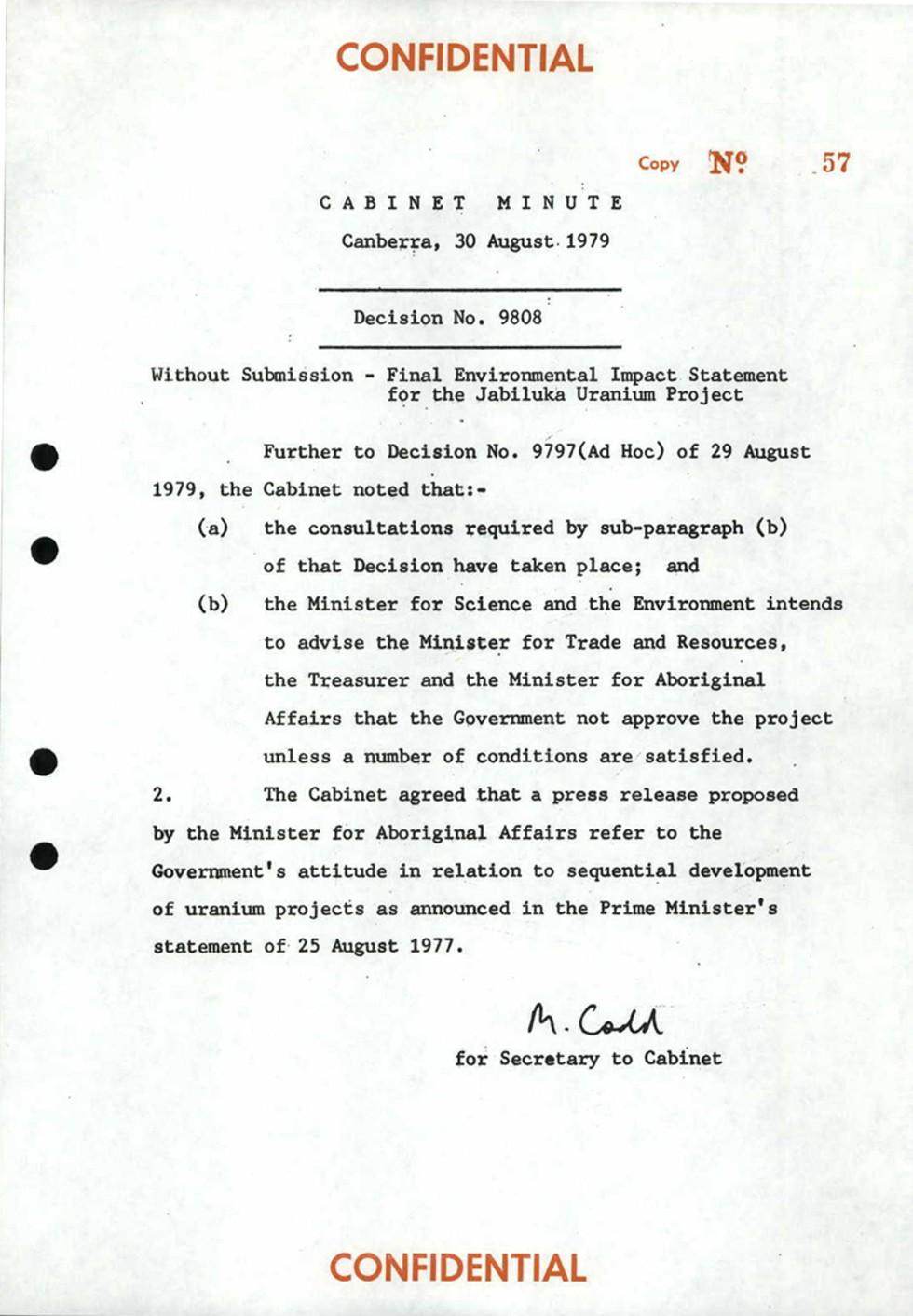


Transcript
CONFIDENTIAL
Copy No. 57
[Heading] CABINET MINUTE
Canberra, 30 August 1979
Decision No. 9808
Without Submission – Final Environmental Impact Statement for the Jabiluka Uranium Project
Further to Decision No. 9797(Ad Hoc) of 29 August 1979, the Cabinet noted that:-
(a) the consultations required by sub-paragraph (b) of that Decision have taken place; and
(b) the Minister for Science and the Environment intends to advise the Minister for Trade and Resources, the Treasurer and the Minister for Aboriginal Affairs that the Government not approve the project unless a number of conditions are satisfied.
2. The Cabinet agreed that a press release proposed by the Minister for Aboriginal Affairs refer to the Government's attitude in relation to sequential development of uranium projects as announced in the Prime Minister's statement of 25 August 1977.
[Signature, M. Codd]
for Secretary to Cabinet
CONFIDENTIAL
About the record
This is a record of the federal Cabinet decision made on 30 August 1979 about the Jabiluka Uranium Project. It shows that the Australian Government was not prepared to approve the project unless conditions outlined in the environmental impact statement for the project were met. It notes that the government’s attitude to development of uranium projects had previously been outlined in a statement by Prime Minister Malcolm Fraser on 25 August 1977.
Educational value
- Cabinet decisions are the formal record of decisions made by Cabinet (a group consisting of the Prime Minister and senior government ministers that meets regularly to determine government policy). Once published, these decisions are called ‘Cabinet minutes’. This particular decision is referred to as ‘Decision No. 9808’: Cabinet decisions made by a particular government are each given a number, starting with 1, with subsequent decisions being given consecutive numbers.
- Most Cabinet decisions are made after consideration of a formal submission (a briefing paper that outlines the major issues relating to the decision), but matters can be raised without a submission. This Cabinet minute notes that Decision 9808 was made without a submission; however, the decision relates to implementation of an environmental impact statement that had been commissioned as a result of a previous government decision.
- The Cabinet decision recorded in this minute is one of a set of government policy decisions about further development and export of uranium resources. The words ‘Further to Decision No. 9797’ and ‘the consultations required by sub-paragraph (b)’ indicate that an earlier Cabinet decision had required further consultation take place to allow for a more informed decision.
- At the time, many Australians were opposed to further development of uranium resources. Environmental groups, groups concerned about nuclear proliferation and Aboriginal Australians directly affected by the proposal for the Jabiluka mine all campaigned to stop the government giving approval to the Jabiluka uranium project. The environmental impact statement for the project explored some of the issues these groups were concerned about.
- This Cabinet minute mentions a press release to be issued by the Minister for Aboriginal Affairs and notes that this press release should refer to a statement made by the Prime Minister two years earlier. This demonstrates the government’s awareness of the need to be consistent in the way it communicated its decisions about development of uranium resources to the Australian community.
- Cabinet minutes are confidential. Until 2010 they only became publicly available once they were more than 30 years old, but legislative changes now provide for them to be released after 20 years. (This change will be implemented over a 10-year period.) The words ‘Copy No. 57’ on this record show that copies of Cabinet minutes are numbered and distributed to an approved list of government and departmental personnel. The collection of the National Archives of Australia houses over 100 years of Australian government records, including Cabinet records.
Related themes
Need help with your research?
Learn how to interpret primary sources, use our collection and more.

